
Filter News
Area of Research
News Type
Date
News Topics
- 3-D Printing/Advanced Manufacturing (2)
- Artificial Intelligence (1)
- Biomedical (2)
- Clean Water (1)
- Composites (1)
- Computer Science (3)
- Critical Materials (1)
- Cybersecurity (1)
- Energy Storage (1)
- Environment (2)
- Fusion (1)
- Grid (1)
- Isotopes (1)
- Materials Science (3)
- Mercury (1)
- Microscopy (1)
- Molten Salt (3)
- Nanotechnology (3)
- Neutron Science (3)
- Nuclear Energy (3)
- Physics (1)
- Polymers (2)
- Security (1)
- Space Exploration (1)
- Transportation (4)
Media Contacts
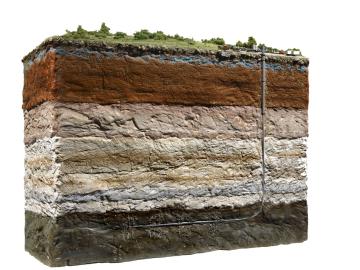
Finding optimal locations for extracting petroleum and natural gas from shale could become more economical and efficient thanks to a new approach developed by Oak Ridge National Laboratory. The research team combined two existing statistical models and applied them to publicly availab...
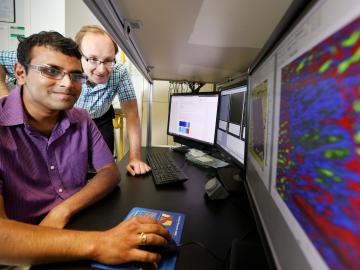
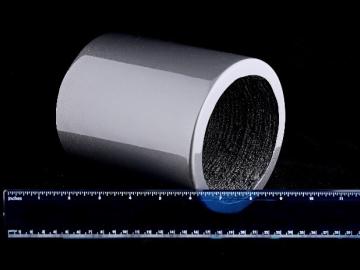
Dallas-based Momentum Technologies has non-exclusively licensed Oak Ridge National Laboratory’s 3D-printed magnet technology and plans to commercialize the first 3D-printed magnet made from recycled materials. ORNL has demonstrated that 3D-printed magnets can outperform those created ...
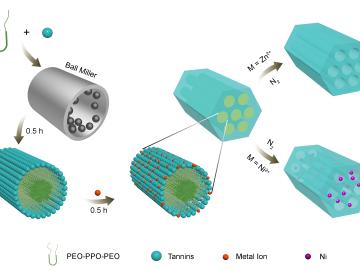
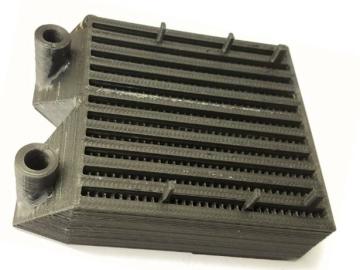
Reducing the energy and water that power plants require to convert heat to electricity could become easier with a novel heat exchanger designed and 3D printed at Oak Ridge National Laboratory. A research team achieved a 500 percent increase in thermal conductivity using a new thermopl...
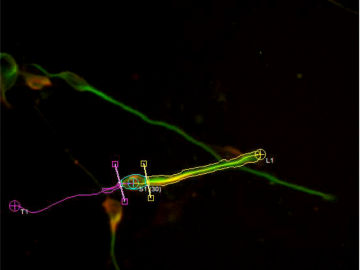
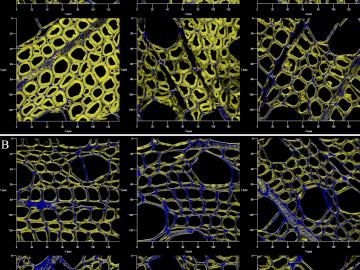
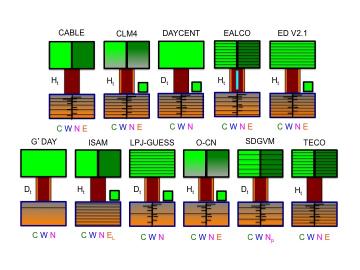
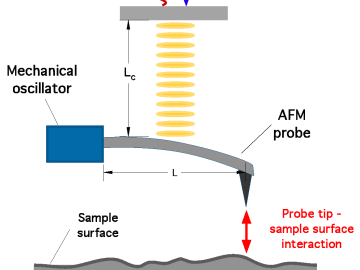
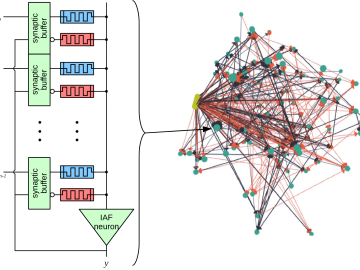
In a first for deep learning, an Oak Ridge National Laboratory-led team is bringing together quantum, high-performance and neuromorphic computing architectures to address complex issues that, if resolved, could clear the way for more flexible, efficient technologies in intelligent computing.


